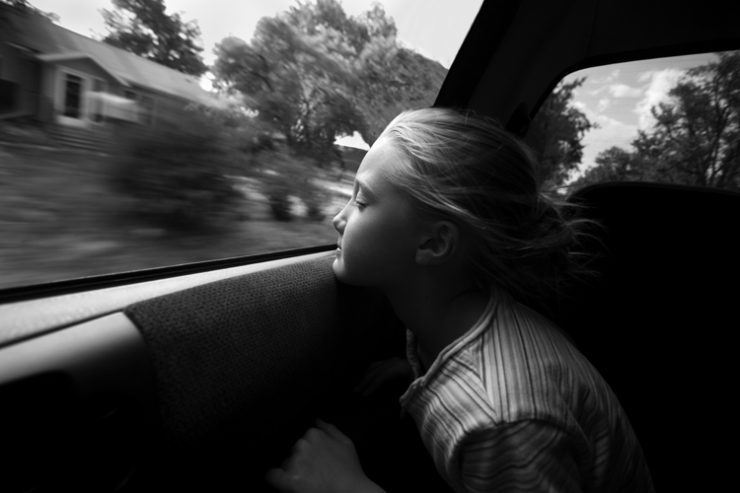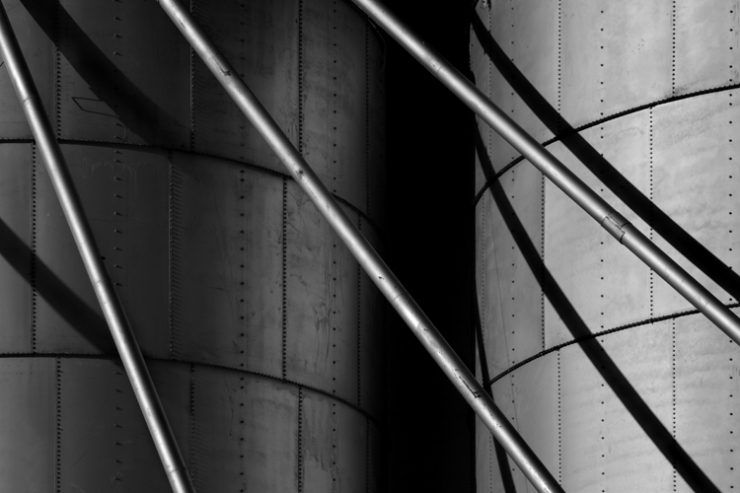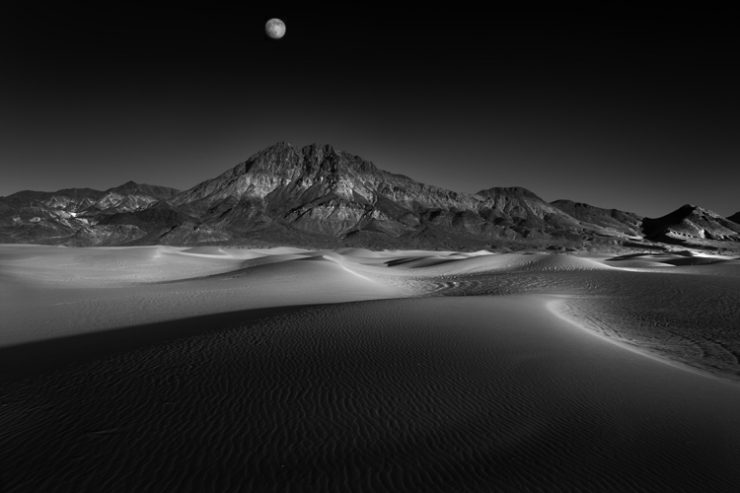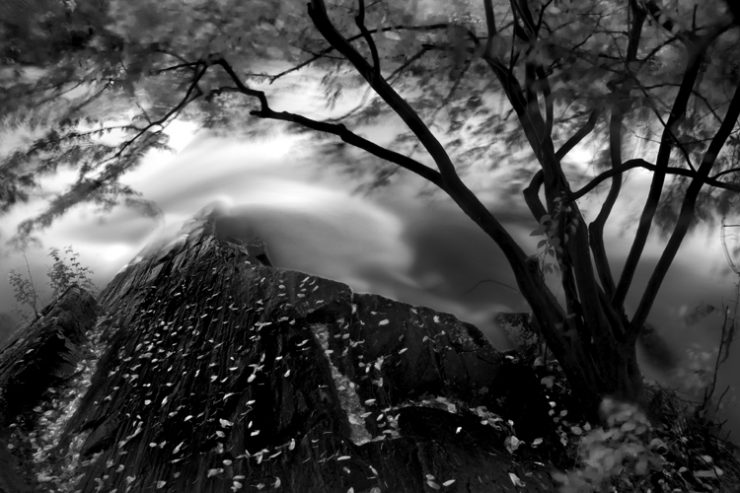MG: Right, and that is probably another place where I would draw the line differently than you would. I would say, in such a case, that it’s either very bad art or, perhaps, imitation art. You’ve got a photographer there who, whether knowingly or not, has used the light to create contours – and in fact a particular emotion – in that image. Because it was the 1980s rather than the 1880s, and the shutter operator probably didn’t set up the lights, much less design the lighting… I’d call it imitation. But the first photographer who designed this style of studio lighting, before it became standardized, was creating something new, and I’d consider that art, too.
Cole: It might have been innovation, but I’m not sure that it’s art. The question is what is art? For example, I had a series of images in which people were smiling, and a friend told me that it couldn’t be art. When I asked him why, he said that in Art, people never smile. I also had a mentor who said that commercial photographers cannot produce art because it was produced for money, and therefore by definition it cannot be art. So how do you define art? For me, loosely, it’s that you modify reality to fit your vision; it’s a purposeful event.
MG: That’s actually a loose enough definition that any time that you artificially light a scene, the resulting photograph would fall under the general rubric.
Cole: Maybe… but at the Sears portrait studio, they have little Xs on the floor, and I could hire a chimpanzee, to push the button and I’d give him a banana, and he’d create art!
MG: Agreed.
Cole: But then again, every single person gets to decide for themselves what is ultimately art and what is not. I try not to define it. For me, though, it’s that I purposefully intend to create an image to match my vision.
MG:That’s probably as good a definition as any. Getting back to how you made the transition from looking at photography technically to looking at it as an artist, how did you make that transition methodically? Do you always start off with an image in your mind?
Cole: I started doing little things to think of myself as an artist and develop my own vision there are little things and games that I would play. I would never refer to myself as a photographer, I would refer to myself as an artist. I stopped looking at other photographers work. I used to spend forever looking at other people’s work. I just did these little things to try to make myself believe that I do have artistic ability, that I did have creativity inside, and that I needed to find my own vision and not copy the style of others. But I would never sit here in my chair and think of something in my mind and go out and shoot it, I would always get that vision when I’m out there seeing something… but I most definitely saw that image, and how it was going to look, and I went home and made it look that way.
A lot of people criticize this idea of not looking at other photographers work, maybe 9 out of 10 people think I’m nuts, but it works for me and maybe there are many different paths, and maybe this is a temporary, crazy idea that I’ve got now and I’ll look back in five years and think what an idiot I was, but it works for me now.
MG: I’m inclined to believe that one of the reasons that it works for you is that you’ve already seen so many great images. Artists have always built on the achievements of their predecessors… certainly my instructors have always told me, “To be a great photographer, you start by looking at a million great images”. I think you’re right, though, that there’s a time at which it makes sense to detach yourself from your other influences and focus on your own vision. I certainly have said to myself “I don’t want to copy other people’s work… I don’t even want to be influenced by it”, but at the same time, in this modern world we are so constantly bombarded with imagery… movies, ads, TV, the internet… to me, it seems that if I don’t make a conscious effort to be influenced by the kinds of things that I really like, then I’ll just be unwillingly influenced by the world of media that surrounds me.
How long have you gone, now, without looking at other photographers’ work?
Cole: About five years.
MG: Last summer I visited several National Parks, and I noticed a phenomenon that didn’t surprise me, I guess, but it has always puzzled me. I first noticed it at Arches National Park. I stepped around the corner at the end of the trail to Delicate Arch, and saw a group of at least 30 photographers, all huddled together, practically shoulder to shoulder, trying to take the same photograph. I saw the same thing at every park I visited… Bryce Canyon, Yellowstone, Grand Tetons, etc.
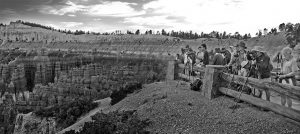
Cole: I’ve heard of this place around here – I’ve never been there – it’s called the Bluebells or something… its some specific lake in the mountains, and at a certain time of the year, when the sun rises, and hits these mountains, they claim that on the edge of this lake there are hundreds of photographers. I saw a picture once, taken from the lake’s edge looking at the photographers, hundreds all in the same spot, and here’s what’s even funnier than them all shooting the same shot: they all come back every year to do it again and again and again. It reminds me that Kodak used to have a program… they would put up this picture, and they would actually show you were to stand to get this pretty, postcard picture. And I think… ok, as a family on a vacation, you want a great shot, but why as a photographer would you want to recreate the same photo that’s been taken thousands of times?

